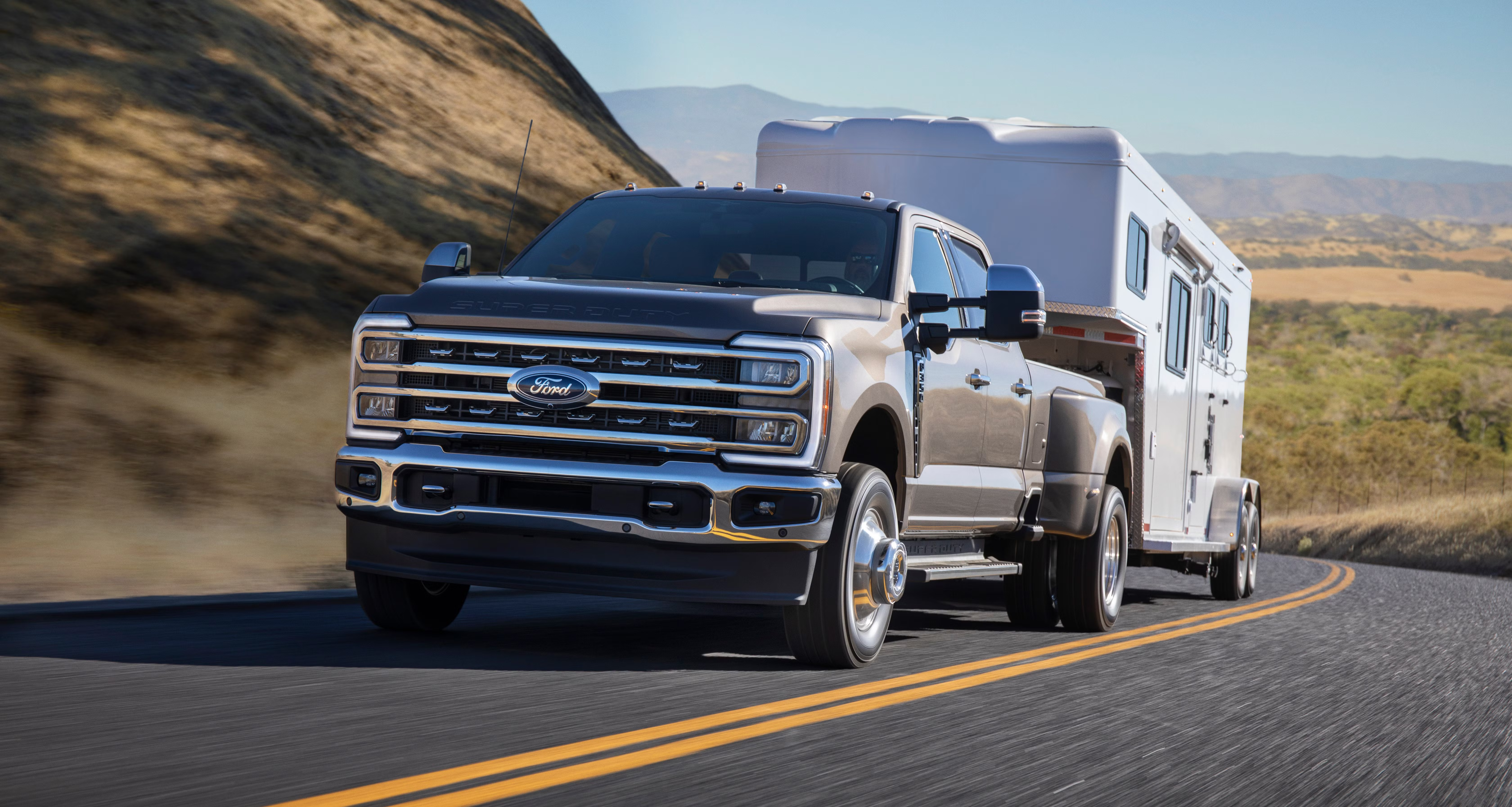
BACK TO BLOG
We’re Now Carrying Ford Parts!
A brief history of the Ford Motor Company
The Ford Motor Company is one of the most iconic and influential automotive manufacturers in history. Officially incorporated in 1903, founder Henry Ford launched his venture in a converted factory on Mack Avenue in Detroit. This being Ford’s third attempt at launching a company, he started slowly and only produced a few cars a day.
Ford’s breakthrough came in 1908 with the introduction of the Model T. It embodied what Henry Ford wanted out of a car: efficiency, reliability, and a reasonable price. Due to high demand for the vehicle, Ford Motor Company commissioned a new factory in Highland Park, Michigan. It is here that Ford revolutionized the automobile industry by introducing his first assembly line mass production model. Individual workers stayed in one place and performed the same task on vehicles that passed in front of them. This implementation gave Ford a major edge over its competitors.
The assembly line introduction in 1913 transformed manufacturing by significantly reducing production time and costs. This innovation enabled Ford to produce millions of vehicles, making the automobile a staple of American life. As the company grew, Ford expanded its portfolio beyond passenger cars to include heavy-duty trucks. The 1917 Ford Model TT was introduced as the company’s first purpose-built truck. It featured a sturdy frame and the capacity to handle larger loads to meet the needs of farmers, businesses, and industrial workers. Over the decades, Ford became a leader in the truck market, introducing iconic models such as the F-Series in 1948. The F-Series is known for its durability and reliability and has become the best-selling truck in the United States for decades.
During the 1920s, the Ford Motor Company purchased the Lincoln Motor Company and moved much of its production operations to the Ford Rouge Complex in Dearborn, Michigan. By the end of the decade, two out of three cars on the road were a Model T.
Ford’s contributions extended far beyond the automotive industry during times of crisis. During World War II, the company played a critical role in supporting the Allied war effort. Using the same mass production techniques it introduced to the auto industry, Ford began churning out B-24 Liberator aircraft at a rate of one per hour or 600 every month at Willow Run, helping to spawn Detroit’s nickname as the Arsenal of Democracy. In addition to aircraft, Ford manufactured tanks, military trucks, and jeeps for the Allied forces.
The post-war period saw Ford returning to its roots in consumer vehicle production. The 1950s and 1960s saw the introduction of some of Ford’s most iconic vehicles, including the Thunderbird in 1955 and the Mustang in 1964. It was also the time where Ford continued to innovate in the truck segment. The company’s trucks evolved to meet the demands of construction, agriculture, and personal use, solidifying Ford’s reputation for engineering excellence. Today, Ford remains a major player in the automotive industry by adapting to the challenges of the 21st century with advancements in electric vehicles and sustainable manufacturing.
The history of the Ford Motor Company is a testament to the power of innovation and adaptability. From the introduction of the assembly line to its enduring legacy in the truck market, Ford continues to leave a mark on the world as a cornerstone of the automotive industry.
Fun fact: Ford CEO Jim Farley is the cousin of the late 1990s legendary comedian Chris Farley!


